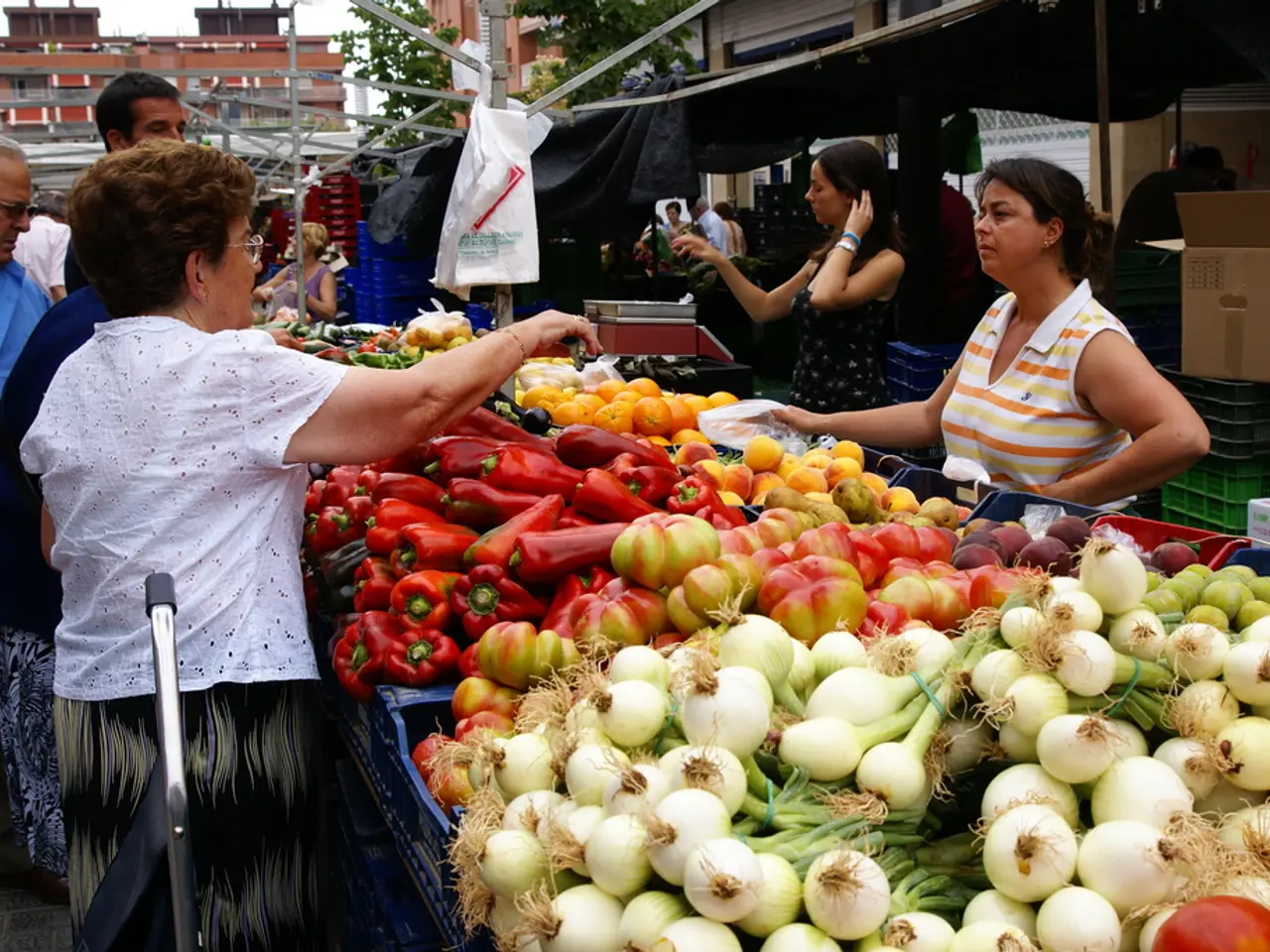Emergency Water Storage: Ensuring Edibles Last Longer with Water Conservation
In times of natural disasters or unexpected water outages, it's essential to have a reliable source of clean drinking water. Here's a guide on how to store and purify emergency water supplies effectively.
Storing Emergency Water Supplies
To ensure the safety of your emergency water supplies, use food-grade water storage containers such as large water storage barrels or bottles (typically 5-gallon or greater). Store them in a cool, dark place to reduce algae growth and slow chemical breakdown. Sealed containers with airtight lids help prevent contamination.
For very long-term storage, consider Mylar bags with oxygen absorbers inside food-safe buckets.
Purifying Emergency Water
Boiling
Boiling water is an effective method of purifying it. At sea level, boil water for at least 1 minute. If you're above 2000 meters, boil water for 3 minutes. Boiling kills bacteria, viruses, and parasites effectively. However, it does not remove chemical toxins or sediment.
Physical Filtration
Use mechanical filters with hollow fiber membranes (e.g., LifeStraw) to remove bacteria, protozoa, and sediment. Filters remove particles and pathogens like Giardia and Cryptosporidium but generally do not remove viruses due to their very small size.
Chemical Purification
Unscented household bleach (8.25% sodium hypochlorite) can be used for small quantities if boiling is not possible. Add appropriate drops per volume and wait (often 30 minutes) before use.
UV Purification
Portable UV wands (like Steripen) inactivate viruses and bacteria but are less effective if water is cloudy or turbid and require batteries.
Practical Steps
- Pre-filter turbid water by straining through cloth or letting sediment settle before treatment.
- Boil if you have fuel and time, particularly to ensure virus elimination.
- Use physical filters to remove particulates and most pathogens where boiling isn’t feasible.
- After filtration, add chemical disinfectants when viral contamination is possible, especially for stagnant or surface water sources.
- Store purified water in clean, sanitized containers and keep sealed.
- Keep spare water purification tablets, filters, and fuel for boiling as part of your emergency kit.
By following these steps, you can ensure safe drinking water during natural disasters or unexpected water outages. Always remember to prioritise cleanliness and multi-barrier purification methods for the best results.
[1] Centers for Disease Control and Prevention. (2021). Emergency Water Supplies and Purification. https://www.cdc.gov/disasters/hurricanes/water-purification.html
[2] Ready.gov. (2021). Emergency Water. https://www.ready.gov/water
[3] World Health Organization. (2021). Safe Water in Emergencies. https://www.who.int/water_sanitation_health/emergencies/resources/resources/safe-water-in-emergencies-fact-sheet.pdf
[4] American Red Cross. (2021). Emergency Water. https://www.redcross.org/get-help/how-to-prepare-for-emergencies/types-of-emergencies/disaster/hurricane/water.html
[5] FEMA. (2021). Water Storage and Purification. https://www.fema.gov/media-library-data/1556401786752-c2b91b4085b03f6445f8c3c060e12a5c/Water-Storage-and-Purification-Factsheet-508.pdf




